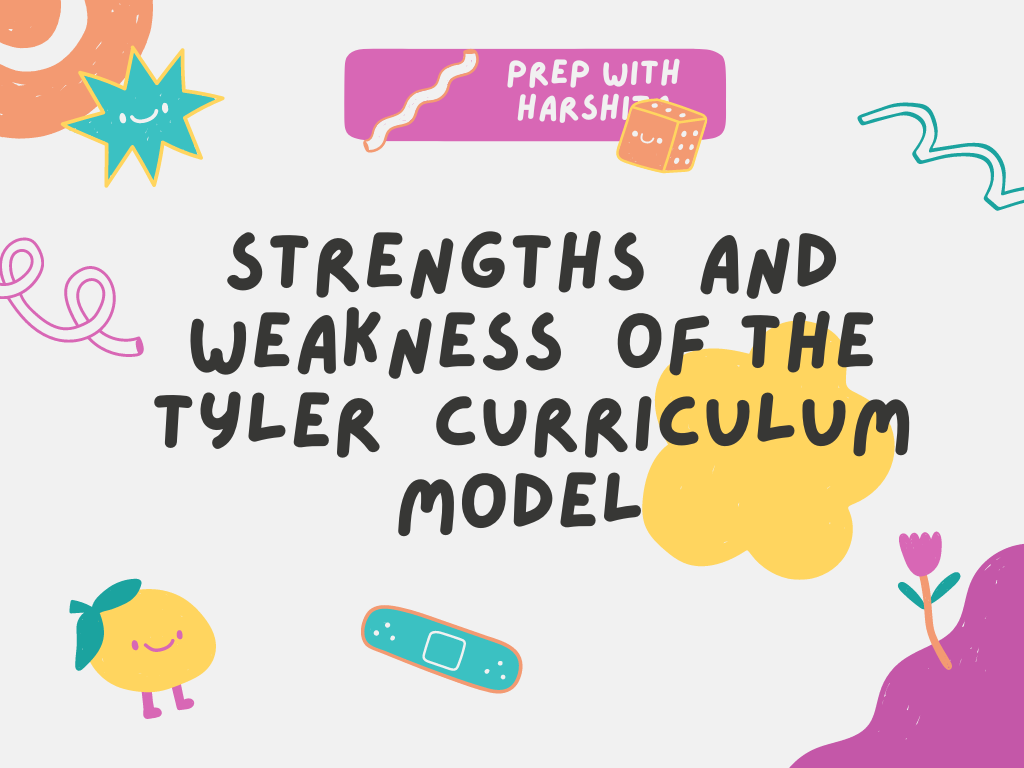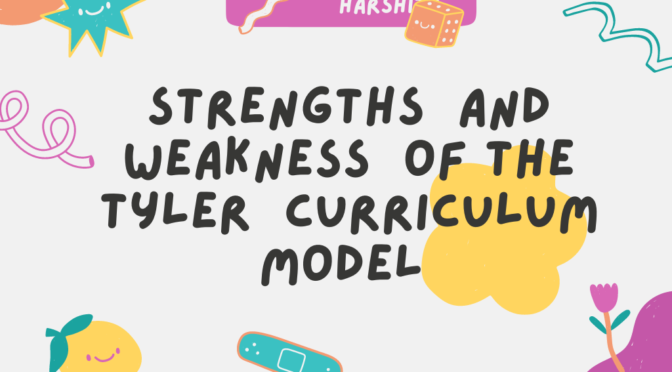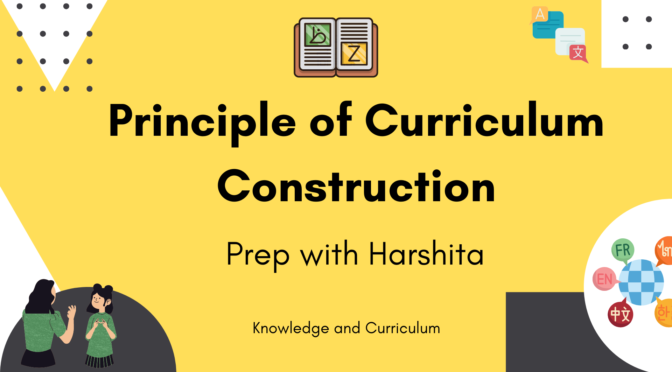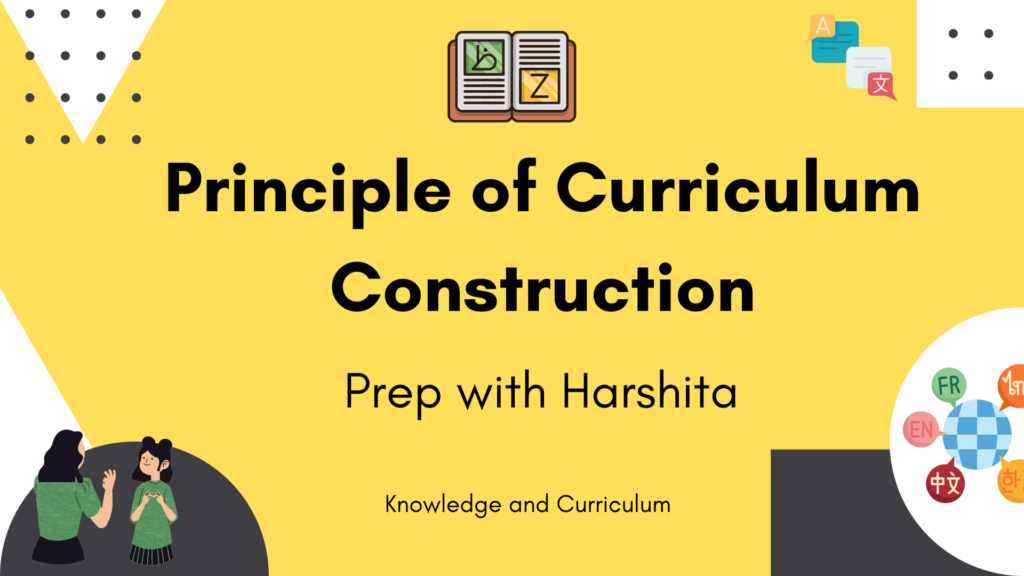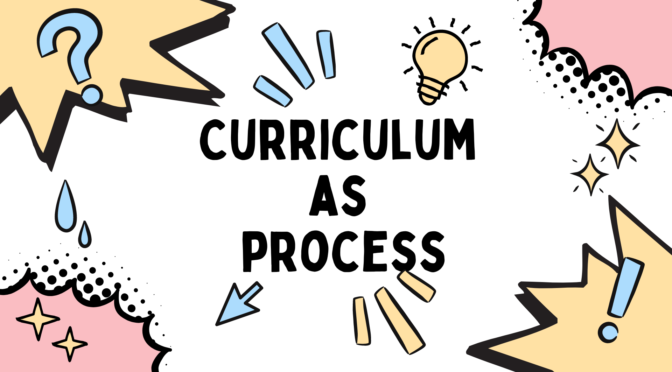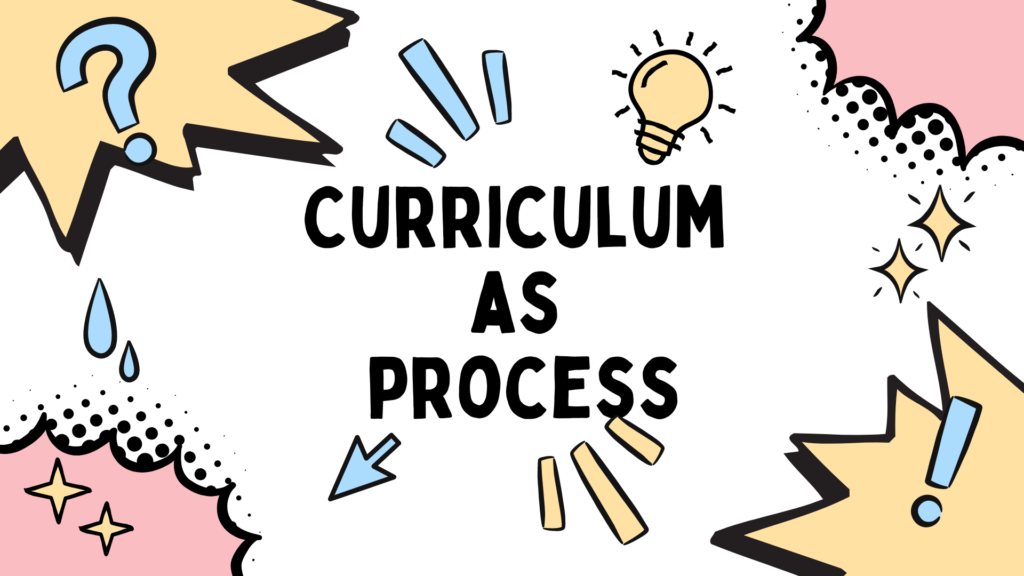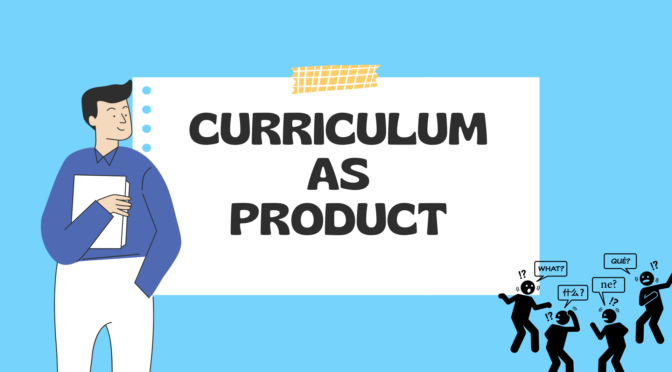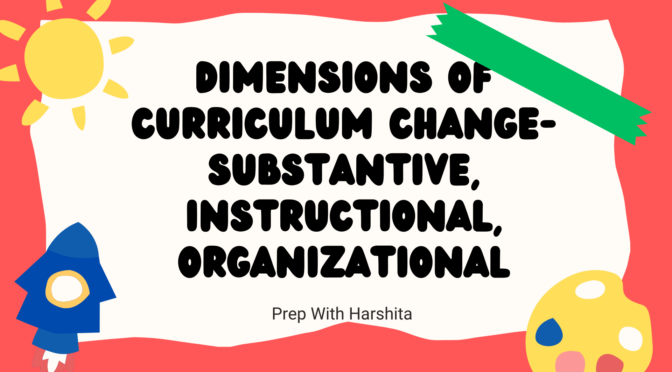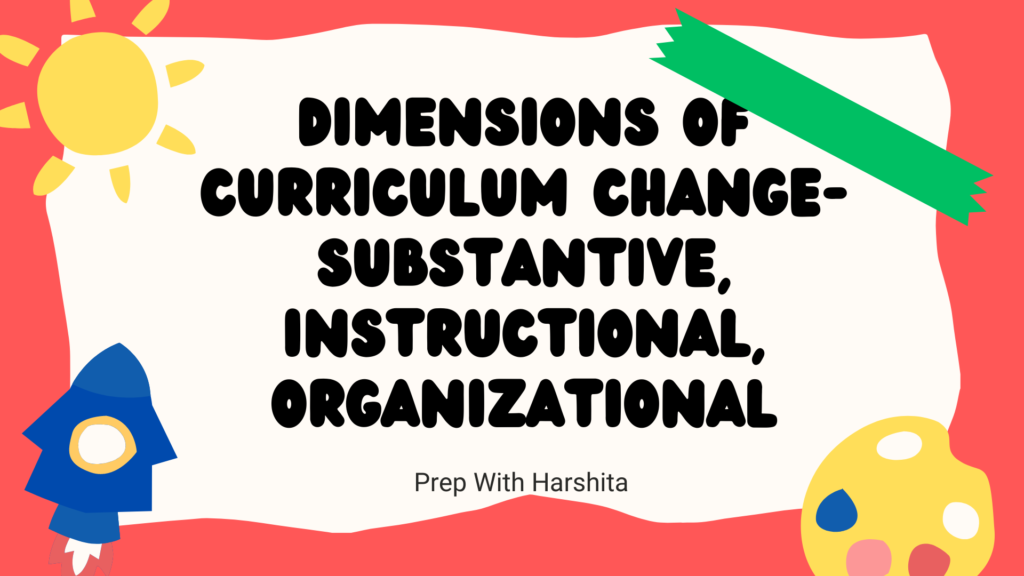The Tyler Curriculum Model was developed by Ralph Tyler in 1949 and is one of the most widely used and accepted curriculum models in education. Here are some of its strengths and weaknesses:
Strengths:
- Clarity: The Tyler model is known for its clear and concise structure. It has a systematic and logical approach to curriculum development, which makes it easy for educators to understand and implement in their education system.
- Objectives-based: The Tyler model is focused on achieving specific learning objectives. This makes it easier for teachers to develop instructional plans that are targeted toward achieving specific learning outcomes.
- Flexibility: The model allows for flexibility in curriculum development. It can be applied to any subject area or level of education, making it adaptable to different educational settings and people can use it according to their convenience.
- Assessment: The Tyler model focuses on the importance of assessment and evaluation of the curriculum. This helps teachers and educators to determine the effectiveness of their instructional plans and make necessary adjustments.
Weaknesses:
- Limited focus: The Tyler model is mainly focused on cognitive learning and does not give much attention to affective or social learning. This means that it may not fully address the diverse needs and interests of students.
- A narrow view of objectives: The model focuses on specific learning objectives and does not consider broader educational goals such as social and emotional development or critical thinking.
- Rigid structure: The model’s emphasis on objectives and assessment can result in a rigid and inflexible curriculum structure. This may not allow for creativity or adaptability in the teaching and learning process.
- Limited student involvement: The Tyler model does not emphasize student involvement in the curriculum development process. This means that students may not have much input in what and how they learn.
